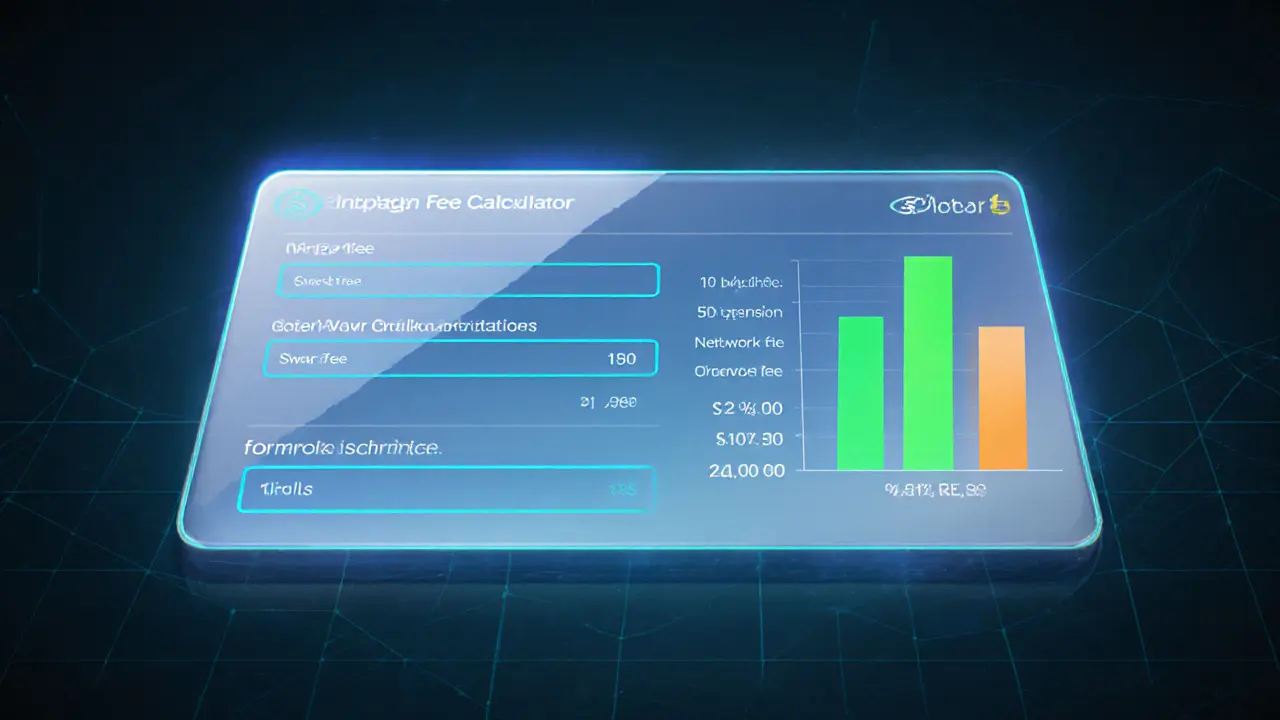Crypto Swap Fees: What They Are and How They Impact Your Trades
When working with crypto swap fees, the charges applied each time you exchange one digital asset for another on a blockchain. Also known as trading fees, they differ by platform. On a decentralized exchange, a peer‑to‑peer trading venue without a central order book, fees are set by the protocol. A liquidity provider, an entity that supplies token pairs to enable swaps also influences the rate. Finally, the gas fee, the network cost to process a transaction adds on top of the swap charge.
Key Factors That Influence Crypto Swap Fees
First, fee models vary. Some DEXs use a fixed percentage, usually 0.2‑0.3% of the trade value, while others add a variable component that rises with volume or volatility. This means the same swap can cost you more during a market surge. Second, the underlying tokenomics matter: tokens with high demand often carry larger spreads, pushing the effective fee up. Third, gas fees fluctuate with network congestion; when Ethereum’s gas hits $100, a modest $5 swap can feel expensive.
Understanding crypto swap fees helps you plan better. If you know that liquidity depth determines the slippage part of a fee, you can target pools with deeper reserves to keep costs down. Liquidity providers earn a slice of that fee, so larger pools tend to offer lower rates. Conversely, niche or low‑liquidity pairs may charge extra to compensate providers for the risk they take.
Regulatory environments also play a role. In jurisdictions where crypto‑related services need a money‑transmitter license, exchanges may pass compliance costs onto users as higher swap fees. This is why you’ll see fee differences between US‑focused platforms and global DEXs that operate without a central entity. Keeping an eye on licensing news can give you a heads‑up about upcoming fee changes.
Comparing major platforms reveals clear patterns. Uniswap V3 typically charges 0.3% plus gas, while Curve’s stable‑coin pools can dip below 0.04% before gas. SushiSwap adds a small “rebate” token that offsets part of the fee for active users. By mapping these structures, you can match your trade style—high‑frequency swaps benefit from low‑fee pools, while larger, less frequent moves might prioritize stability over the cheapest rate.
Practical tips to shave off fees: use layer‑2 solutions like Arbitrum or Optimism where gas is dramatically cheaper; bundle multiple swaps into a single transaction when possible; trade during off‑peak hours to catch lower gas prices; and consider using limit orders that let you set the price you’re comfortable with, reducing the need for costly market orders. Also, check if the DEX offers fee discounts for holding its governance token.
Below you’ll find a curated collection of articles that dive deeper into each of these angles—licensing guides, token‑specific analyses, exchange reviews, and step‑by‑step strategies. Explore them to fine‑tune your approach and keep more of your crypto in your pocket.

SushiSwap on Polygon: In‑Depth Review & What Traders Need to Know
Jan 30, 2025, Posted by Ronan Caverly
In-depth review of SushiSwap on Polygon covering fees, features, security, comparison with QuickSwap and Uniswap, and future roadmap.
MORESEARCH HERE
Categories
TAGS
- decentralized exchange
- crypto exchange review
- cryptocurrency
- crypto coin
- CoinMarketCap airdrop
- smart contracts
- tokenomics
- cryptocurrency exchange safety
- crypto exchange
- cryptocurrency airdrop
- crypto airdrop
- cryptocurrency exchange
- crypto airdrop guide
- blockchain token distribution
- DeFi
- crypto exchange scam
- crypto airdrop 2025
- Ethereum
- cross-chain interoperability
- ERC-20
